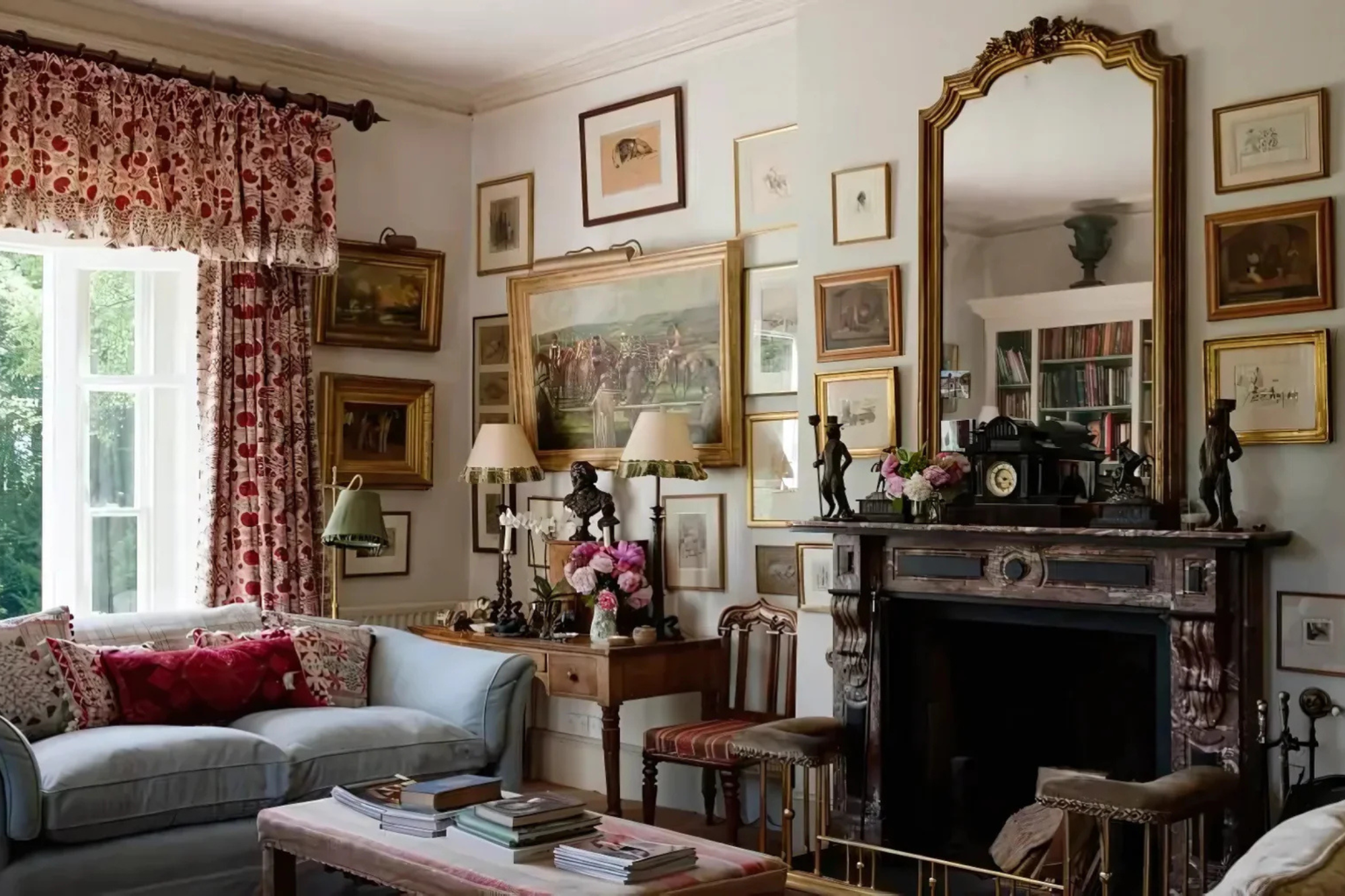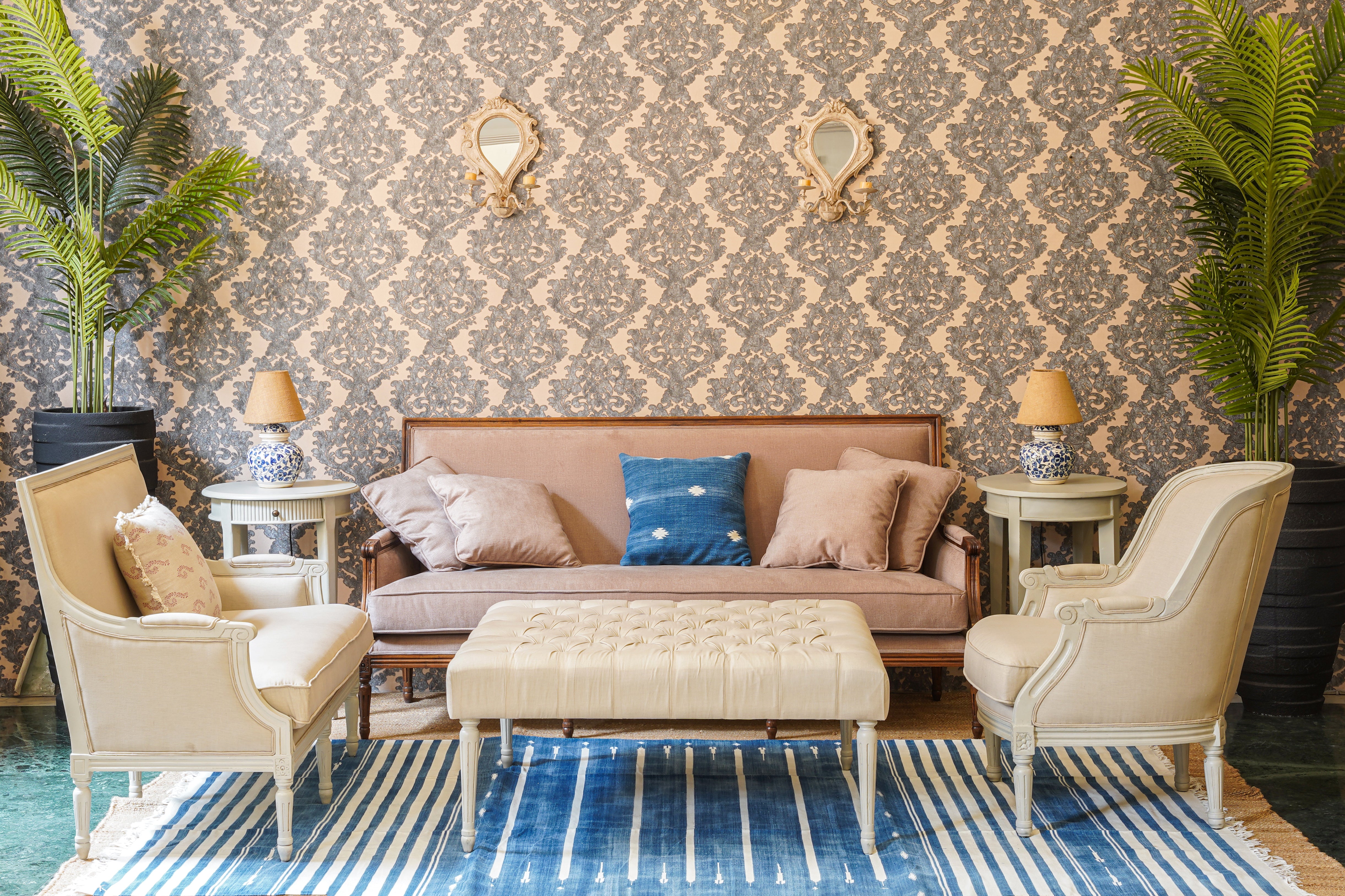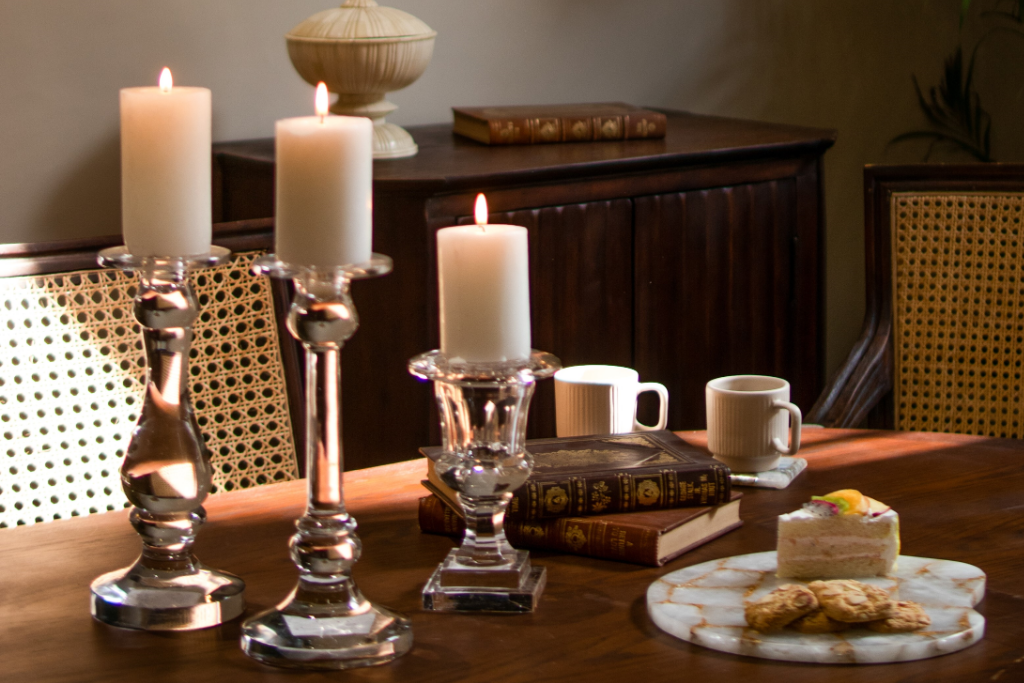
The Art of Layering Textures in Home Decor: 5 Tips to Transform Your Space
Transforming a house into a home is all about the details, and textures play a pivotal role in creating depth and warmth. From cozy rugs to polished wood and plush cushions, layering textures adds personality and elevates your space effortlessly. In this guide, we’ll explore the art of layering textures and share five actionable tips to make your home décor truly shine.
Why Layering Textures is Essential in Home Decor
- Textures bridge the gap between beauty and comfort, ensuring your home feels inviting yet practical.
- Soft textures like cushions evoke calmness, while rougher elements like wood and jute add grounded energy. This dynamic can shape the mood of your space.
- Layering textures prevents your home from feeling sterile, lending character and charm to every room.

5 Tips to Layer Textures in Home Decor
1: Start with a Statement Rug
A statement rug is an excellent way to begin layering textures in any room. Choose a piece that suits your space, whether it's a tufted rug for a cozy living room or a jute rug for a more organic feel. The rug acts as the foundation, setting the tone for the rest of the room’s decor.
2: Mix Soft and Hard Textures
Combine soft fabrics with hard elements to create a harmonious balance. Add embroidered cushion covers to a sleek, modern sofa, or pair a tufted chair with a wooden side table. This contrast adds visual depth and ensures the space feels dynamic without being overwhelming.
3: Bring in Natural Materials
Incorporate organic materials like wooden panels, handwoven baskets, or brass objects into the space. Natural textures warm up a room and lend an earthy appeal that complements both modern and vintage elements. These pieces can also introduce a tactile richness that invites touch.

4: Layer Your Walls
Make your walls come alive with layers of art, mirrors, and other décor. Hanging pieces like a Pichwai painting alongside carved wooden panels creates visual interest and depth. Vintage mirrors can reflect light, while wall brackets and framed artwork can add further layers of texture.
5: Add Textural Decor Objects
Small decorative objects can make a big impact on the overall texture of a room. Place brass candle stands, decorative boxes, or ceramic vases on your coffee table or side tables to add tactile contrast. Textural décor objects provide subtle yet effective layers of interest in the space.
Common Mistakes to Avoid
- Overloading with Too Many Textures - Too many competing textures can create a cluttered, disorganized look. Keep it balanced to maintain visual harmony.
- Ignoring Scale and Proportion - When layering textures, be mindful of the size of the room. Large textures can overwhelm smaller spaces.
- Focusing Only on Aesthetics - Make sure the textures you choose are practical and functional, not just decorative. A beautifully textured pillow is great, but it should also be comfortable!

Layering textures is a simple yet effective way to transform your home into a more inviting and sophisticated space. By thoughtfully combining different materials, you can create a room that feels both stylish and lived-in.
Ready to start layering textures in your home? Explore our collection of vintage rugs, cushions cover, and unique décor pieces to bring your vision to life!



